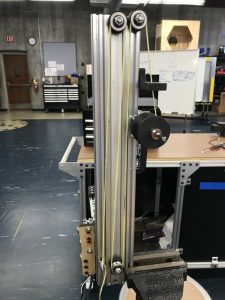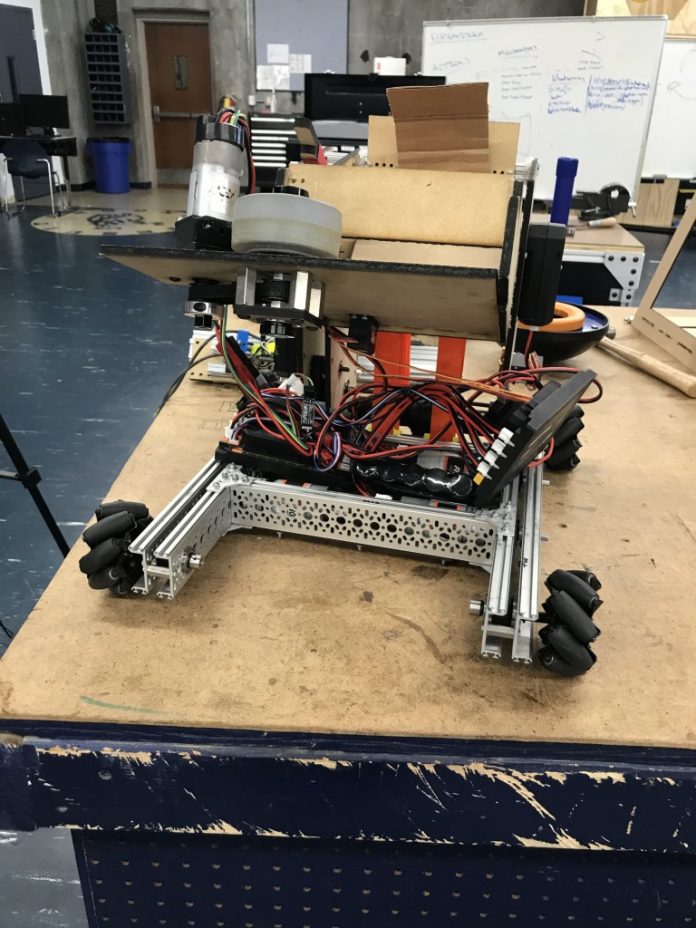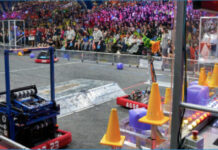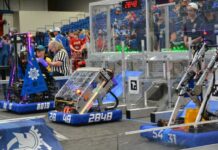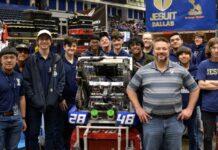A panel of judges curiously observes the inner makings of a robot, reviewing the 3d models of the parts and the physical implementation of those simulated models. This was the FIRST Robotics Competition, where judges reviewed these robots.
Date
This period of judges watching and taking notes on the robots occurred on Saturday 6th, a week before Spring Break started. However, due to Covid-19, unlike attending huge stadiums and watching robots compete against each other, here, the teams stayed in their respective schools or other places of their choosing and sent videos of their robots performing the tasks. This process for us occurred on the Tuesday and Thursday before Spring Break.
COVID-19 Difficulties
Due to the coronavirus, people had to participate remotely. Furthermore, building the robot was harder. Communication between those online and those at home proved to be difficult, but by focusing on key areas and splitting up the work, we were able to succeed.
Judging
So, through a Zoom call, teams were split off into separate breakout rooms in the meeting, preparing for the upcoming review of their robot. This review process consisted of two parts: the presentation, and the question and answer session afterward, where the judges asked questions to fully understand the mechanisms that made up the robot. The Jesuit team met with the two different panels of judges at separate times. Saikrishna Gujjarlapudi ’23 stated that “the tournament was quite unorthodox,” as instead of directly facing other opponents, participants later submitted videos. Our team met with the judges at 12:45 and then again at 1:30.
Preparing Videos
After finishing the judging period, teams readied to film their robots performing various tasks and submitting that film. The teams had the ability to submit the videos anytime during the week before Spring Break. Teams often did multiple trial runs to perfect their runs, and then submitted the videos. The teams are still waiting on the results from the video submissions, but Lorenzo Hidalgo ’23 “felt confident about how we did,” proud of all our accomplishments.
Opinions
The building process was very difficult, but together, we were able to create an efficient and well-working robot. Liam Stillings ’23 stated that “there were bumps on the way of making it but we found workarounds.”
What’s Next
Through the hard work of the team, we performed well in this tournament. The next one is on May 1st, with higher stakes. Performance in this tournament determines whether the team will progress to higher tournaments. Otherwise, the season will end. However, the team performed amazingly this time, and these results will hopefully be the same next time as well.
